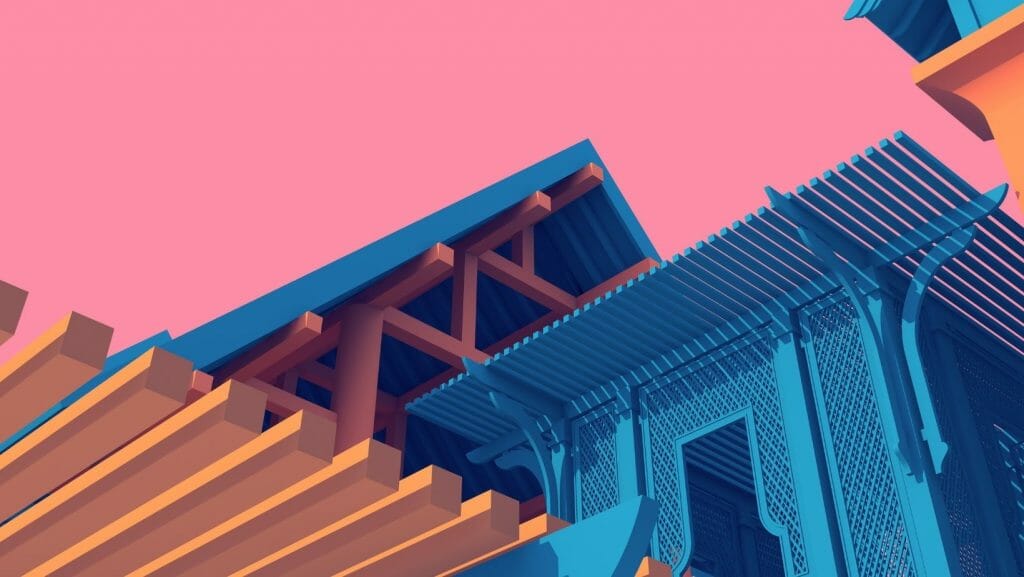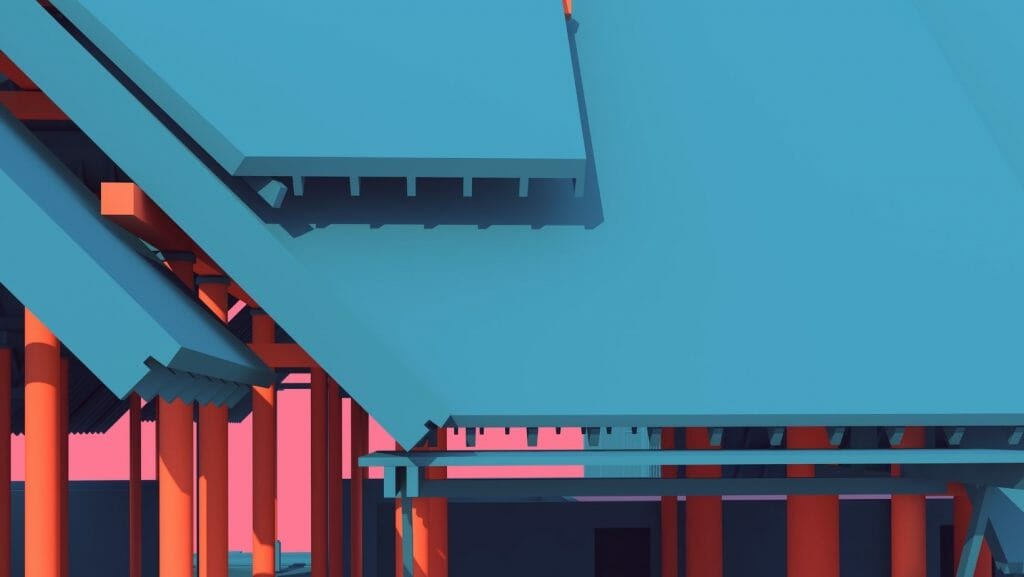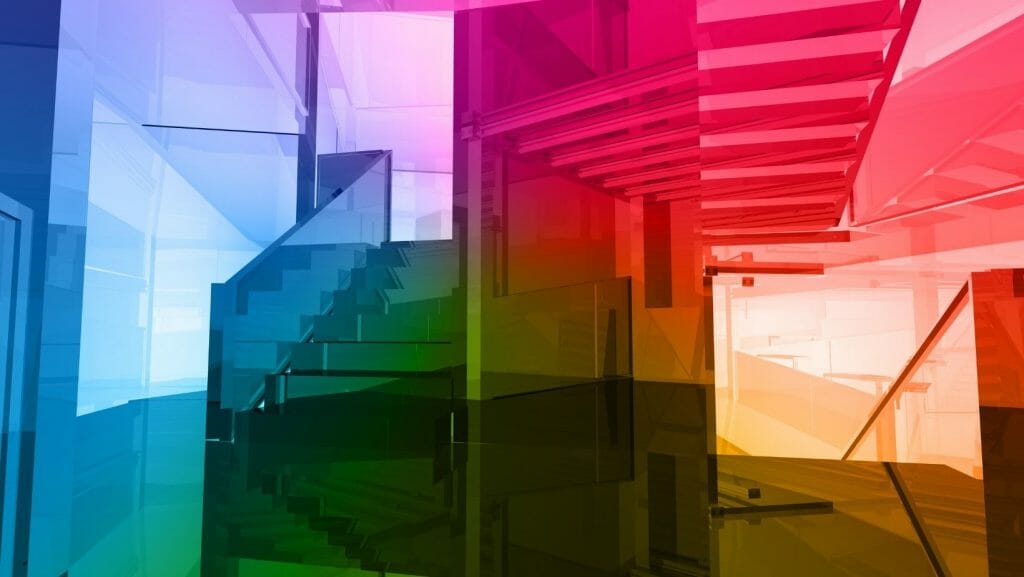If you are even a little familiar with 3d architectural rendering services, then you know that this is a rather complicated and time-consuming job.
Rendered images are generated or simulated using computer graphics in the process of rendering or stimulating a picture. After calculating the illumination of all objects in the scene, taking into account light sources and material properties, lighting effects such as shadows and reflections, transparency and refraction, and atmospheric effects, and based on this, the renderer generates a perspective projection of the scene image that takes into account the point of view on the screen plane (also known as a perspective projection of the scene image).

Rendering is a complicated process since it involves sophisticated mathematical concepts, which are difficult to understand. The engine takes this into consideration while converting the collision math data into the final 2D picture. Any picture in two dimensions is created by converting 3D texture, data, and field lighting geometry into integrated information about the colour value of each pixel in a two-dimensional image. As a result of the movements required to receive data for the delivery of the box, present, and final painting, it calculates the colour of each pixel in the picture. More information about architectural rendering services may be found here.
There are two basic forms of rendering in the globe, with the main distinctions being the speed with which they render and process images, as well as the quality of the images produced.

As the computing resource business has increased immensely, there is a widening gap between the resources required to compute a specific project and the resources available to the creator of that project. Is it a good idea to employ remote rendering when possible? The use of a distant computer to render in order to construct a project may result in remote rendering expenses. In recent years, rendering acceleration on remote platforms has gained popularity as a convenient approach to complete tasks, making it more accessible than ever before.
The complexity of the sceneries, the number of light sources, the existence of translucent or reflecting materials, and the presence of models with a significant number of polygons are all crucial aspects to consider when calculating rendering time.
This sort of rendering may provide a consistent and homogeneous picture in temporal mode at 30 frames per second when used in conjunction with a scanning line. The benefit of using this approach is that the coordinates of each vertex do not need to be moved from RAM to ring memory; instead, it just translates the coordinates of the detected vertices in the external view and in the drawing, as seen in the example below. Because of its quickness, this strategy is favoured above performance.
Real-time renderers (which are mostly based on scanlines) are intended to be fast rather than high-quality. Scanline is not very well suited for simulating a wide range of visual effects; its primary benefit is speed. Real-time renderers use a variety of techniques in order to obtain great picture quality while keeping high performance.

According to the merits of each technique, ray tracing is paired with raycasting in order to achieve more realism in architectural work. You will be able to eliminate time-consuming rendering chores if you practice these strategies and learn how to use them effectively.
Among the most widely used architectural renderers are V-Ray and Corona Renderer, both of which are free to download. Both applications are utilized in conjunction with one another as well as with other engines in order to accomplish a certain outcome based on their respective realities. Architectural modelling software such as 3ds Max is another highly popular choice. Treenitro – 3d exterior rendering company that can help you at any stage of design; please contact us.


